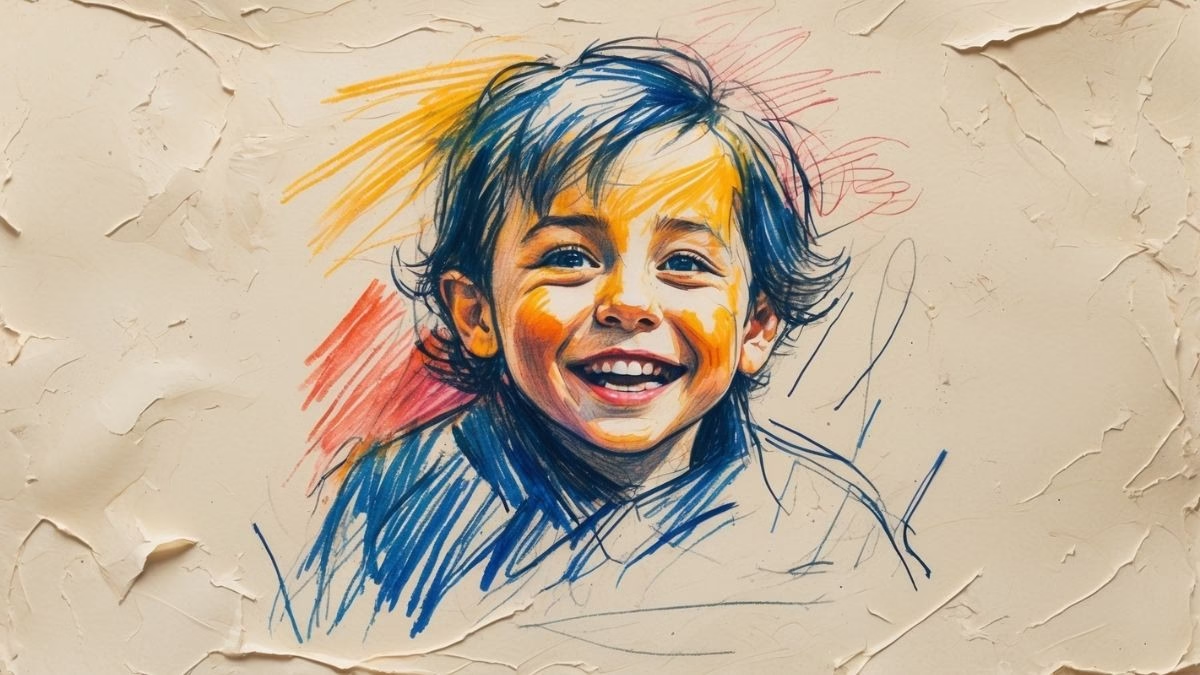How to Approach This Lesson
Ready to bring your stories to life? This lesson focuses on one of the most creative and rewarding writing skills: narrative description. We’re going to take a simple memory and turn it into something a reader can see, hear, and feel. The best way to learn is by doing, so we’ll start with a basic idea and layer on details step-by-step. Follow the process, think about the choices we make, and see how a few simple techniques can completely transform your writing.
The Challenge: Painting a Picture with Words
Here is our writing task for today: Write a narrative paragraph describing a childhood memory related to music.
This is a classic task you might encounter in exams like the TOEFL or Cambridge B2/C1, where you’re asked to describe a personal experience. The goal isn’t just to say what happened; it’s to make the reader feel like they were there with you. The key skill we’re going to master is “Show, Don’t Tell.”
So, what does that mean?
- Telling: “The music made me happy.” (Boring!)
- Showing: “A wide, uncontrollable grin stretched across my face as the first chords chimed from the speakers, and I felt a buzzing energy shoot down to my tapping feet.” (Much better!)
Our plan is simple. We’ll build our paragraph in layers:
- The Core Idea: Start with the basic facts of the memory.
- Sensory Details: Add what you saw, heard, smelled, tasted, and touched.
- Figurative Language: Use similes and metaphors to create powerful images.
- Feelings and Reflections: Add the emotional layer. How did it make you feel then, and how do you see it now?
Let’s begin crafting our memory.












0 Comments